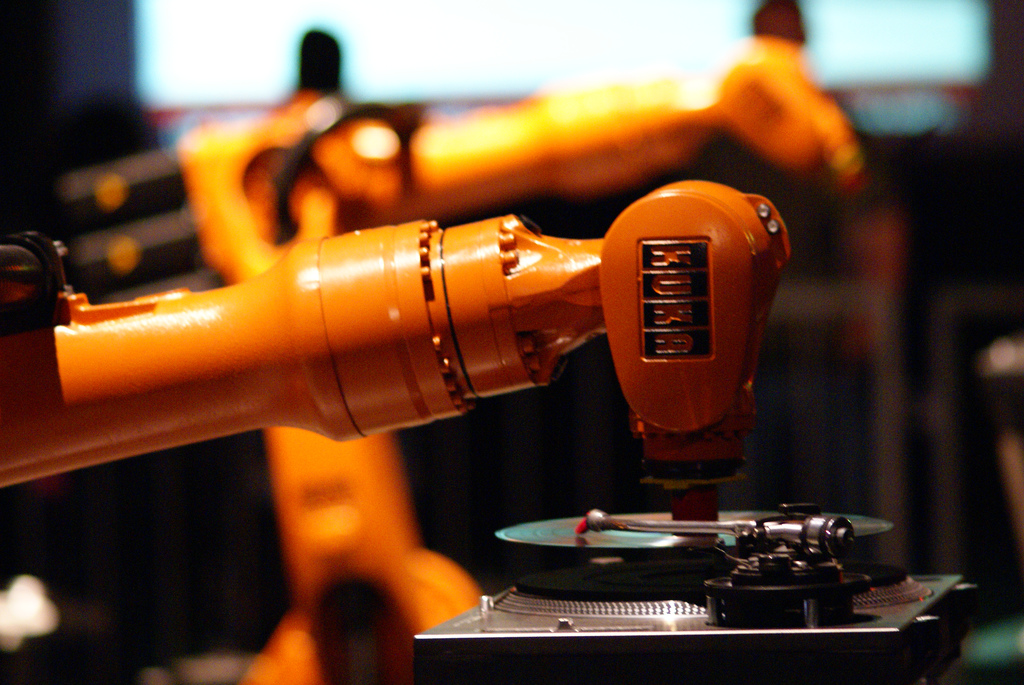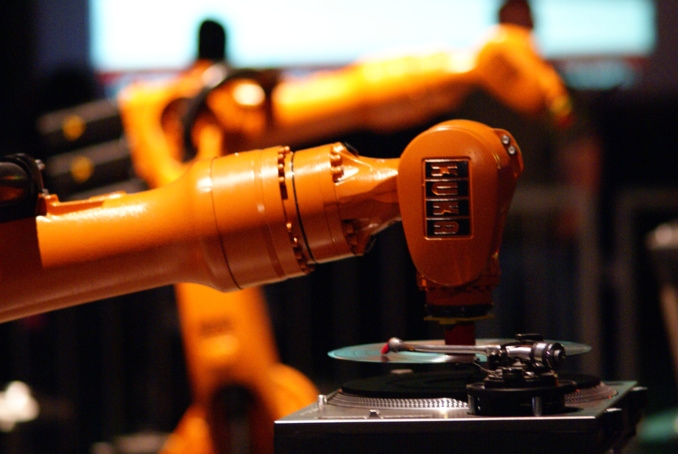By 2022, 75 million jobs will disappear, believe authors of The Future of Jobs 2018 report, issued by the World Economic Forum (WEF) and its partners, Eurasian Institute of Competitiveness and Strategy Partners.
The pace of integration of machines and algorithms into the labor market is enormous. In 2018, they account for 29% of all working hours, then in 2022 this figure will be 42%, and in 2025 - 52%. This will lead to a global change in the labor market.
The report presents the vision of WEF experts and employers around the world on how the labor market will develop between 2018 and 2022. The survey is based on opinions of employers in 20 countries (the aggregate volume of their economies is 70% of world GDP). The total number of companies surveyed is 313. The number of their employees is about 15 million. This makes The Future of Jobs 2018 one of the most representative studies of the labor market in recent years.
Digital transformation poses no less large-scale challenges for companies than globalization does. 59% of the companies surveyed are sure that the chain of value added will change significantly for them. 50% will be forced to change the geography of production. 64% of the companies surveyed named their labor costs as the main concern for the coming years. This is one of the main drivers of changes in the labor market and leads to the inevitable transformation of business.
Companies that do not adapt quickly, will face a decline in growth and loss of competitiveness.
As a result of the adaptation of new technologies (which is happening at an accelerating pace) labor productivity for the period 2015-2022 will grow by 30% on average. The dynamics of jobs will be positive. Due to the digital transformation, 75 million jobs until 2022 will disappear, but another 133 million will be created again.
By the end of 2017, 29% of the total working time spent on creation of goods and services accounted for machines and algorithms. In 2022, this figure will be 42%, and in 2025 - 52%. By this point, in fact, robots will perform more tasks than humans.
The widespread fear that robots and algorithms will deprive people of work is not justified in the medium term. In the overwhelming majority of cases, they can take on only part of the operations that a particular employee performs, but not all of his work. Less than a quarter of jobs can be automated by 70% or more.
While "automation" (replacement of a person with machines) is of limited nature, the "complement strategy" is much more common. The strategy implies that part of the operations performed by people are shifted to mechanisms and algorithms. Thanks to this, there will be an increase in labor productivity, but the demand for labor will not decrease.
Four main technologies will continue to define the economic landscape for the period until 2022 and make the greatest contribution to productivity growth. This high-speed mobile Internet, the widespread use of large data, artificial intelligence and cloud technology.
Workers will have to actively increase their qualifications and retrain. The task for the companies is not only to introduce new technologies, but also help employees in the adaptation of these technologies. Not all companies are ready for this. They usually support workers who are already successfully mastering new skills, but they ignore those who most need help with technological innovations. WEF considers this an alarming factor.
source: weforum.org
The pace of integration of machines and algorithms into the labor market is enormous. In 2018, they account for 29% of all working hours, then in 2022 this figure will be 42%, and in 2025 - 52%. This will lead to a global change in the labor market.
The report presents the vision of WEF experts and employers around the world on how the labor market will develop between 2018 and 2022. The survey is based on opinions of employers in 20 countries (the aggregate volume of their economies is 70% of world GDP). The total number of companies surveyed is 313. The number of their employees is about 15 million. This makes The Future of Jobs 2018 one of the most representative studies of the labor market in recent years.
Digital transformation poses no less large-scale challenges for companies than globalization does. 59% of the companies surveyed are sure that the chain of value added will change significantly for them. 50% will be forced to change the geography of production. 64% of the companies surveyed named their labor costs as the main concern for the coming years. This is one of the main drivers of changes in the labor market and leads to the inevitable transformation of business.
Companies that do not adapt quickly, will face a decline in growth and loss of competitiveness.
As a result of the adaptation of new technologies (which is happening at an accelerating pace) labor productivity for the period 2015-2022 will grow by 30% on average. The dynamics of jobs will be positive. Due to the digital transformation, 75 million jobs until 2022 will disappear, but another 133 million will be created again.
By the end of 2017, 29% of the total working time spent on creation of goods and services accounted for machines and algorithms. In 2022, this figure will be 42%, and in 2025 - 52%. By this point, in fact, robots will perform more tasks than humans.
The widespread fear that robots and algorithms will deprive people of work is not justified in the medium term. In the overwhelming majority of cases, they can take on only part of the operations that a particular employee performs, but not all of his work. Less than a quarter of jobs can be automated by 70% or more.
While "automation" (replacement of a person with machines) is of limited nature, the "complement strategy" is much more common. The strategy implies that part of the operations performed by people are shifted to mechanisms and algorithms. Thanks to this, there will be an increase in labor productivity, but the demand for labor will not decrease.
Four main technologies will continue to define the economic landscape for the period until 2022 and make the greatest contribution to productivity growth. This high-speed mobile Internet, the widespread use of large data, artificial intelligence and cloud technology.
Workers will have to actively increase their qualifications and retrain. The task for the companies is not only to introduce new technologies, but also help employees in the adaptation of these technologies. Not all companies are ready for this. They usually support workers who are already successfully mastering new skills, but they ignore those who most need help with technological innovations. WEF considers this an alarming factor.
source: weforum.org



















